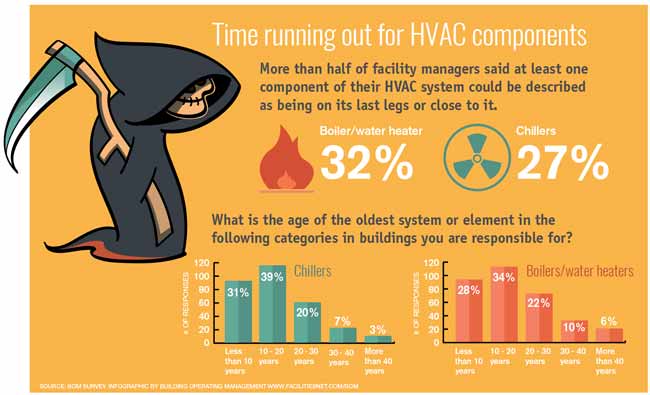The Ultimate Guide To Recognizing Warm Pumps - Exactly How Do They Function?
The Ultimate Guide To Recognizing Warm Pumps - Exactly How Do They Function?
Blog Article
Created By-Grady Hanna
The most effective heat pumps can save you substantial amounts of cash on power expenses. air conditioning service near me can likewise help in reducing greenhouse gas exhausts, particularly if you use electricity instead of nonrenewable fuel sources like propane and home heating oil or electric-resistance furnaces.
Heat pumps function significantly the like ac unit do. This makes them a sensible option to traditional electrical home heater.
Exactly how They Work
Heat pumps cool homes in the summer and, with a little aid from power or gas, they give a few of your home's heating in the wintertime. They're a great option for people that wish to lower their use fossil fuels however aren't prepared to replace their existing furnace and air conditioning system.
They rely on the physical reality that also in air that appears as well cool, there's still energy present: warm air is constantly moving, and it wishes to move into cooler, lower-pressure atmospheres like your home.
The majority of power STAR accredited heat pumps run at near to their heating or cooling capacity throughout the majority of the year, reducing on/off cycling and saving power. For the best efficiency, focus on systems with a high SEER and HSPF ranking.
The Compressor
The heart of the heatpump is the compressor, which is also called an air compressor. This mechanical streaming device utilizes prospective energy from power development to raise the stress of a gas by decreasing its volume. ceiling mounted heat pump nz is different from a pump in that it just deals with gases and can not work with liquids, as pumps do.
Atmospheric air enters the compressor through an inlet valve. It travels around vane-mounted arms with self-adjusting size that divide the interior of the compressor, producing multiple tooth cavities of varying dimension. The rotor's spin pressures these cavities to move in and out of stage with each other, compressing the air.
The compressor pulls in the low-temperature, high-pressure refrigerant vapor from the evaporator and compresses it right into the warm, pressurized state of a gas. go here is duplicated as needed to supply home heating or air conditioning as called for. The compressor also has a desuperheater coil that reuses the waste warmth and includes superheat to the refrigerant, transforming it from its fluid to vapor state.
The Evaporator
The evaporator in heatpump does the very same point as it does in fridges and air conditioners, changing fluid refrigerant right into an aeriform vapor that removes warmth from the room. Heat pump systems would certainly not function without this crucial tool.
This part of the system is located inside your home or building in an interior air handler, which can be either a ducted or ductless unit. It contains an evaporator coil and the compressor that presses the low-pressure vapor from the evaporator to high pressure gas.
Heat pumps soak up ambient warm from the air, and then make use of electricity to move that heat to a home or business in heating setting. That makes them a whole lot much more power reliable than electrical heating systems or heating systems, and due to the fact that they're making use of tidy electrical power from the grid (and not shedding fuel), they likewise produce much fewer discharges. That's why heatpump are such terrific ecological selections. (In addition to a huge reason that they're becoming so prominent.).
The Thermostat.
Heat pumps are terrific choices for homes in chilly environments, and you can use them in mix with standard duct-based systems or even go ductless. They're a great alternate to nonrenewable fuel source heating unit or standard electric furnaces, and they're much more lasting than oil, gas or nuclear a/c equipment.
Your thermostat is the most essential component of your heat pump system, and it works very in a different way than a traditional thermostat. All mechanical thermostats (all non-electronic ones) work by utilizing substances that transform dimension with increasing temperature level, like coiled bimetallic strips or the broadening wax in a vehicle radiator shutoff.
These strips consist of two various sorts of metal, and they're bolted together to develop a bridge that completes an electric circuit attached to your a/c system. As the strip gets warmer, one side of the bridge expands faster than the other, which triggers it to bend and signify that the heating unit is required. When the heatpump remains in home heating setting, the reversing shutoff turns around the circulation of cooling agent, to make sure that the outside coil currently works as an evaporator and the indoor cyndrical tube ends up being a condenser.